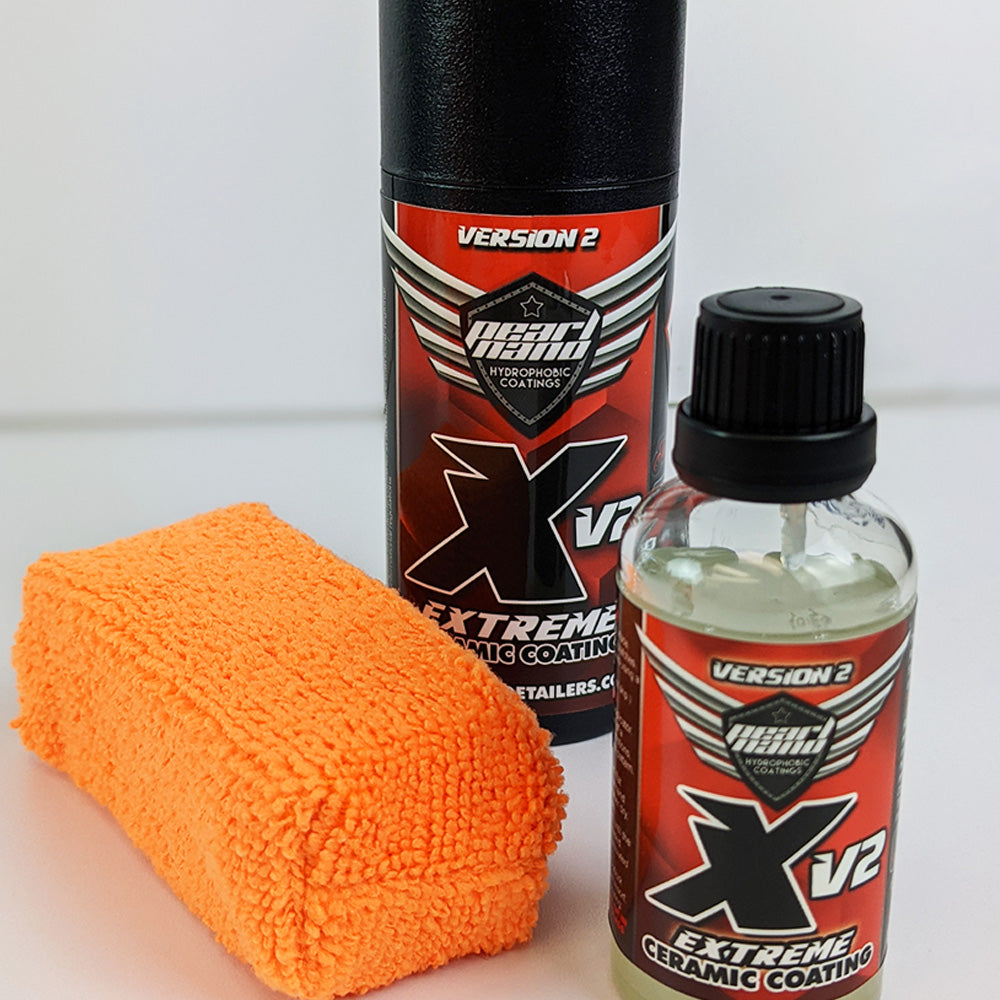Enduring Luster and Defense with Professional Ceramic Coating Denver
Enduring Luster and Defense with Professional Ceramic Coating Denver
Blog Article
A Comprehensive Overview to the Kinds Of Ceramic Layer on the marketplace
Ceramic finishings have become a critical option across numerous markets due to their one-of-a-kind properties and applications. From silica-based formulas recognized for their toughness to crossbreed options that combine numerous benefits, the selections available can be frustrating. Understanding the nuances of each kind, including their specific benefits and ideal use instances, is crucial for making notified choices. As we discover the distinctive characteristics and applications of these coatings, the effects for performance and longevity become progressively obvious, questioning regarding which kind could best fit your requirements.
Comprehending Ceramic Coatings
Ceramic finishes are innovative safety options that have actually gotten popularity in different markets, especially in aerospace and automotive applications. These layers are composed of a fluid polymer that, when cured, forms a resilient, hydrophobic layer on the surface area of the substratum. This layer gives enhanced resistance to environmental impurities, UV radiation, and chemical direct exposure, therefore prolonging the life and aesthetic charm of the underlying product.
The basic part of ceramic coatings is silica, which adds to their firmness and resilience. The application procedure generally involves surface area prep work, application of the finish, and treating, which can be accomplished through warmth or UV light. When cured, ceramic coverings show extraordinary bonding buildings, enabling them to stick highly to a variety of surface areas, including steels, plastics, and glass.
In addition to their safety functions, ceramic coatings likewise supply convenience of upkeep. Their hydrophobic nature reduces the adherence of dirt and grime, making cleansing easier and less constant. Generally, the fostering of ceramic finishes represents a substantial improvement in surface area security modern technology, offering both useful and aesthetic advantages throughout multiple markets.
Types of Ceramic Coatings
Different kinds of ceramic finishings are readily available, each made to satisfy details performance demands and applications. The most common types consist of:
Silica-based Coatings, these finishings largely consist of silicon dioxide and are understood for their resilience and chemical resistance. They are commonly made use of in automobile and industrial applications.
Titanium Dioxide Coatings: Popular for their photocatalytic buildings, titanium dioxide coverings are commonly used in environments where self-cleaning and antifungal residential properties are preferable, such as in structure materials and automotive surfaces.
Zirconia Coatings are identified by their high-temperature security and thermal resistance, zirconia finishes are used in applications such as generator engines and high-performance automotive parts.
Alumina Coatings, Displaying outstanding solidity and thermal security, alumina layers are regularly used in wear-resistant applications, consisting of cutting tools and industrial machinery.
Hybrid Coatings:Integrating the properties of various products, crossbreed layers offer enhanced efficiency characteristics, making them ideal for one-of-a-kind and requiring applications.
Each kind of ceramic finish offers unique purposes, allowing customers to choose the most appropriate solution based upon certain environmental problems and efficiency needs.
Advantages of Ceramic Coatings

Along with durability, ceramic coatings provide superb use this link hydrophobic residential or commercial properties, allowing for very easy cleansing and maintenance. This water-repellent nature minimizes the adherence of dust, gunk, and other impurities, which can extend the aesthetic allure and performance of the surface. Ceramic finishings can considerably enhance thermal resistance, making them excellent for get redirected here applications that withstand high temperatures.
Ceramic coatings can contribute to energy performance by reflecting warmth, which is particularly useful in industrial and automotive settings. In general, the many benefits of ceramic layers make them a valuable investment for various applications, guaranteeing ideal performance and protection.
Application Process
When applying ceramic coatings, a precise method is necessary to accomplish ideal results. The application process typically begins with thorough surface area preparation. This involves cleaning, sanitizing, and brightening the surface to remove all impurities, including dirt, oil, and prior waxes or sealers. A clean surface ensures correct attachment of the layer.
When the surface is prepped, the next step is to use the ceramic layer. This can be done making use of an applicator pad or a microfiber towel, making certain also coverage. It is vital to function in small areas to preserve control and protect against early curing - Ceramic Coating Denver. The layer must be applied in slim layers, as thicker applications can result in irregular surfaces.
After application, the layer requires a details curing time, commonly ranging from a couple of hours to a complete day, depending on the item. Throughout this time, it is crucial to stay clear of exposure to wetness or impurities. Lastly, a mild buffing might be necessary after treating to enhance the gloss and get rid of any type of high areas. Following these actions faithfully will make best use of the effectiveness and durability of the ceramic layer, offering a long lasting safety layer for the surface area.
Maintenance and Long Life
To make sure the long life and performance of a ceramic layer, regular upkeep is essential. Ceramic coverings, known for their resilience and protective qualities, require specific care regimens to optimize their life expectancy and performance. The very first step in upkeep includes routine washing with pH-neutral soap, staying clear of rough chemicals that can weaken the finish. It is suggested to wash the car frequently, preferably every 2 weeks, to avoid the accumulation of impurities that could jeopardize the finish's integrity.
Along with routine cleaning, periodic assessments are crucial. Try to find signs of wear or click here to find out more damage, such as hydrophobic residential properties decreasing or surface area blemishes. A light polish may be applied to invigorate the coating without stripping it away. if needed - Ceramic Coating Denver.
In addition, the application of a booster spray can enhance the finish's hydrophobic results and restore its gloss. This is particularly helpful for layers that have been in use for a prolonged period. Ultimately, by sticking to these maintenance practices, one can considerably expand the life of a ceramic layer, guaranteeing that it proceeds to give optimal security against environmental aspects and preserve the aesthetic charm of the car.

Conclusion
In conclusion, ceramic finishes represent a flexible remedy for a variety of applications, supplying a variety of types such as silica, titanium zirconia, alumina, and dioxide. Each type offers distinct advantages, consisting of durability, self-cleaning residential properties, high-temperature security, and wear resistance. The application process and continuous upkeep play essential functions in making best use of the longevity and performance of these finishings. On the whole, ceramic coatings contribute significantly to enhancing the sturdiness and performance of numerous surface areas throughout several markets.
Ceramic finishes have emerged as a critical service across various sectors due to their special buildings and applications.Ceramic coatings are innovative safety services that have obtained popularity in various sectors, especially in aerospace and automotive applications. Ceramic coatings can dramatically improve thermal resistance, making them optimal for applications that endure high temperature levels.
Generally, the numerous benefits of ceramic finishings make them a valuable financial investment for various applications, making certain optimal efficiency and protection.
In verdict, ceramic finishes represent a functional service for an array of applications, providing a selection of types such as silica, titanium zirconia, alumina, and dioxide.
Report this page